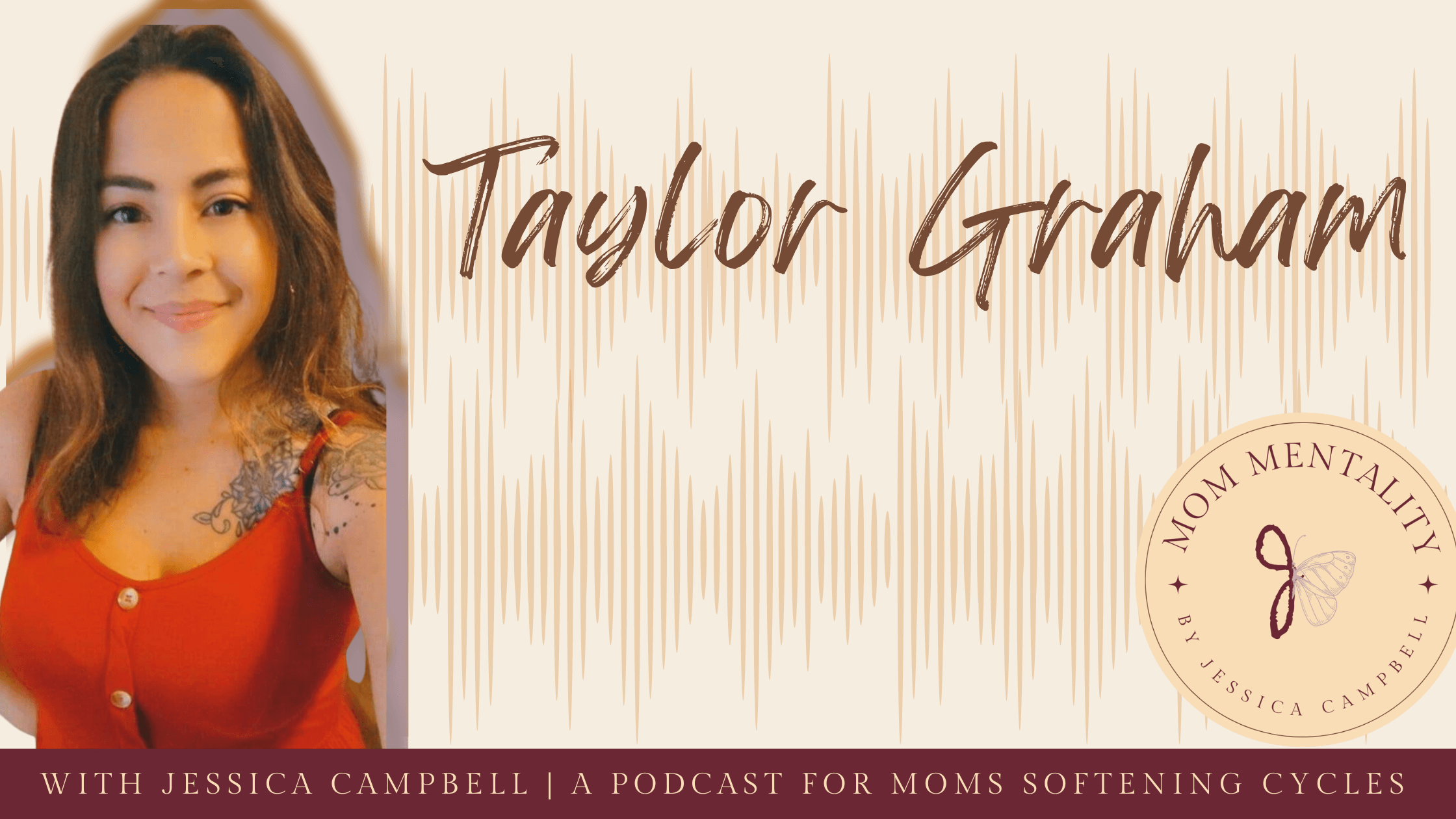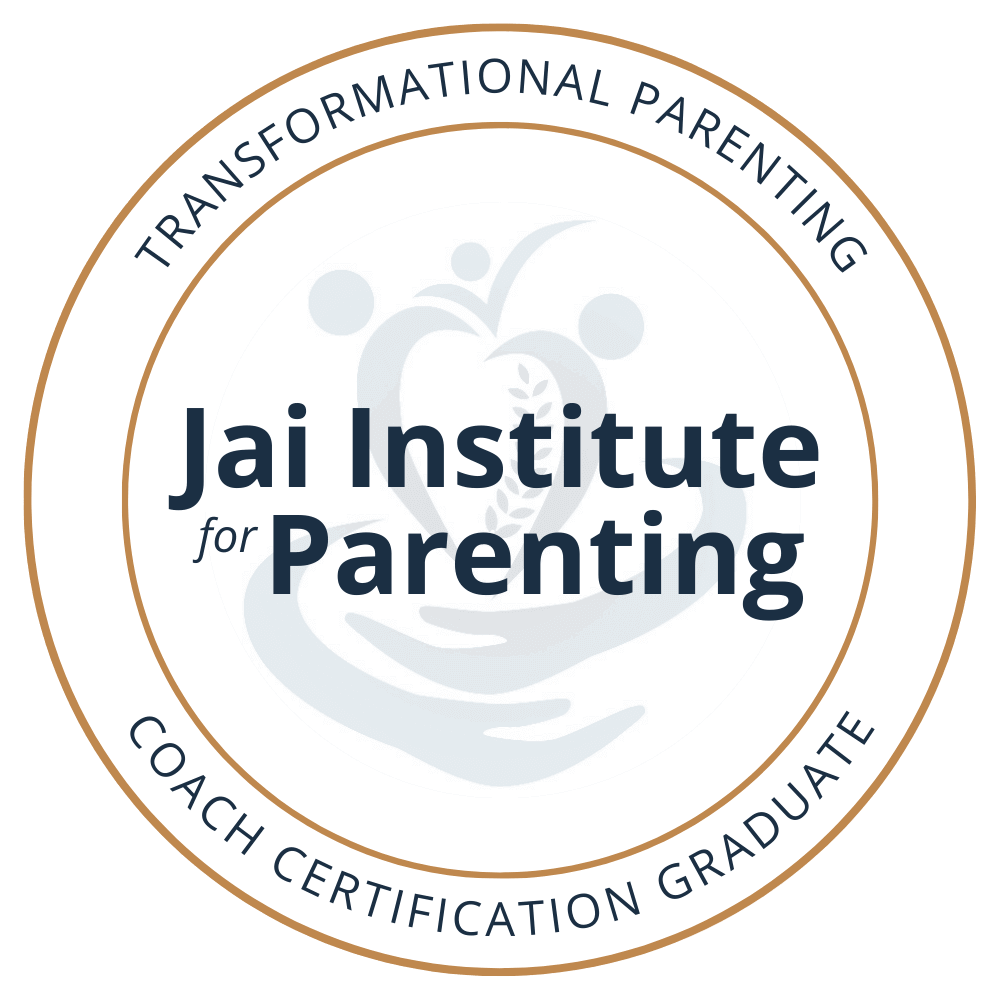
*Trigger Warning: This post discusses domestic abuse and may be upsetting to some readers.
In this candid interview, we delve into the harrowing experiences of Taylor Graham, a survivor of domestic abuse. Her story is a testament to the resilience of the human spirit and a stark reminder of the insidious nature of domestic violence.
A Deceptive Beginning
Taylor's journey began innocently enough, with a promising college romance. Her partner, a seemingly devout man, painted a picture of a future filled with love, faith, and family. However, beneath the surface, a darker side was emerging.
The Cycle of Abuse
As the relationship progressed, Taylor found herself trapped in a cycle of emotional and physical abuse. Her partner employed a variety of tactics to isolate and control her, including:
- Religious Manipulation: Using religious beliefs to justify controlling behavior and limiting social interactions.
- Emotional Abuse: Constant criticism, belittling, and gaslighting to erode self-esteem and undermine confidence.
- Physical Abuse: Acts of violence, including physical assault and property damage.
The Impact of Isolation
One of the most insidious tactics used by abusers is isolation. By cutting off victims from their support systems, abusers gain greater control and make it more difficult for victims to seek help. Taylor's partner systematically isolated her from friends and family, leaving her feeling alone and vulnerable.
The Power of Awareness
A pivotal moment in Taylor's journey came when she began to recognize the signs of narcissistic behavior in her partner. By educating herself on the tactics used by abusers, she was able to break through the fog of manipulation and see the reality of her situation.
The Courage to Break Free
With newfound awareness and the support of a close friend, Taylor made the courageous decision to leave her abusive relationship. The process of leaving was fraught with danger and uncertainty, but she persevered, prioritizing her safety and the well-being of her children.
The Road to Recovery
The road to recovery has been a challenging one, marked by emotional turmoil and self-doubt. However, with the help of therapy, support groups, and a strong support system, Taylor has made significant progress. She has learned to rebuild her self-esteem, set healthy boundaries, and cultivate positive relationships.
A Message of Hope
Taylor's story is a beacon of hope for survivors of domestic abuse. Her journey highlights the importance of:
- Recognizing the Signs: Learning to identify the red flags of abusive behavior.
- Seeking Support: Reaching out to friends, family, or professional help.
- Breaking the Cycle: Taking steps to leave the abusive relationship and rebuild your life.
- Healing and Recovery: Committing to the healing process and seeking support from therapists and support groups.
Remember, you are not alone. You deserve to live a life free from fear and violence.
Resources:
- National Domestic Violence Hotline (U.S.): 1-800-799-SAFE (7233) or thehotline.org
- Local shelters and advocacy organizations that provide legal aid, counseling, and housing.
- Financial and emotional support programs for single parents.
- The Rape, Abuse & Incest National Network (RAINN): 1-800-656-HOPE
- Love Is Respect: https://www.loveisrespect.org/
- The Jed Foundation: https://jedfoundation.org/
Taylor Graham: Snapchat TayG2525 or find her on Facebook

















